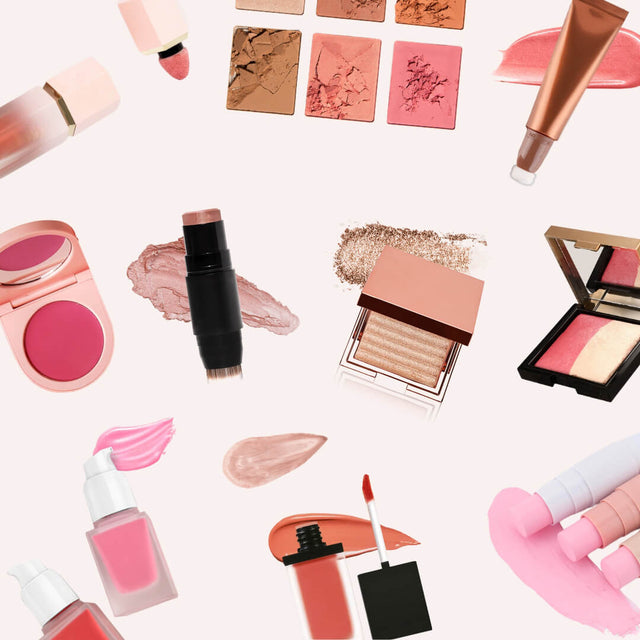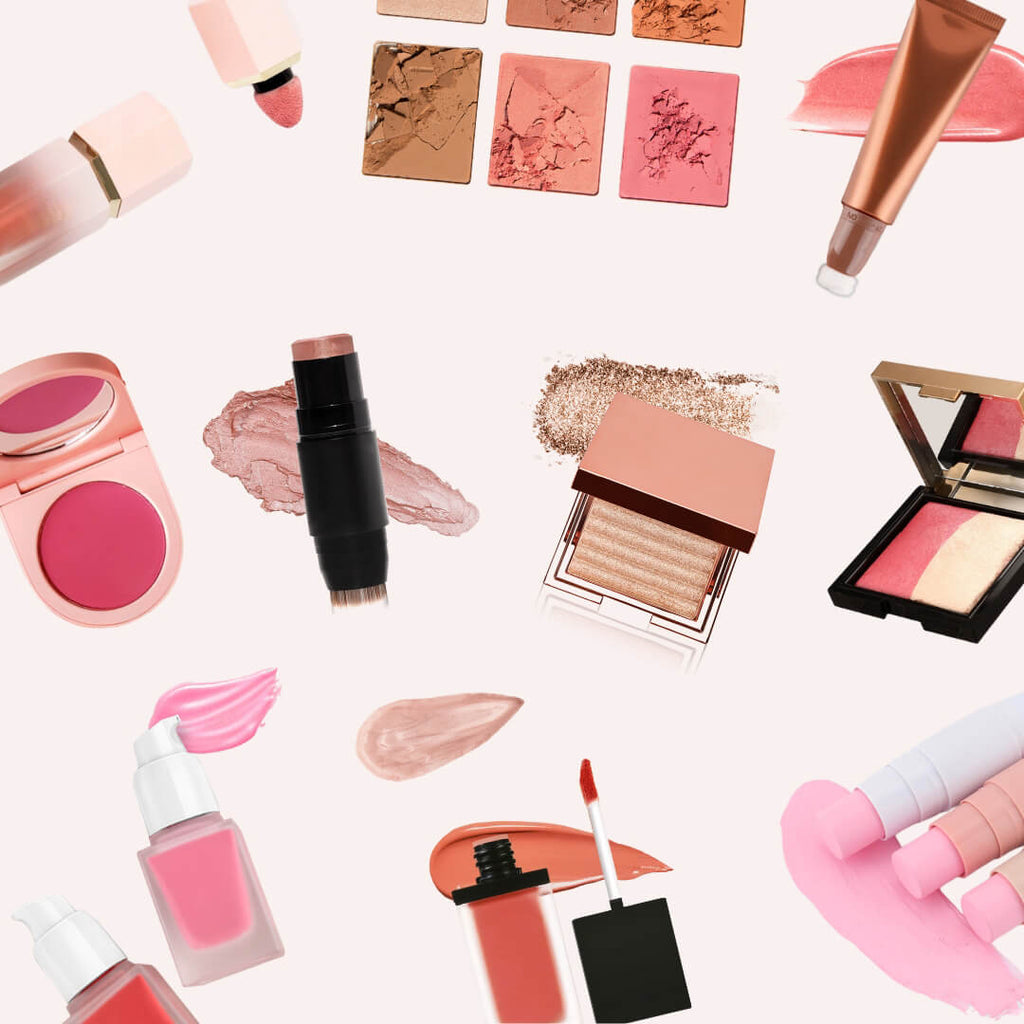
How to Launch Your Makeup Brand Globally in 2025: A Step-by-Step Guide to Navigating Regulations, Import Policies, and Trendy Innovations Across Key Markets
Introduction
Launching a makeup brand in 2025 presents an exciting opportunity for entrepreneurs looking to tap into the vibrant global beauty market. With the rise of e-commerce and social media, reaching customers across borders has never been easier. However, navigating regulations, import policies, and market trends can be challenging. This guide provides a comprehensive roadmap to successfully launch your makeup brand worldwide, ensuring you cover all necessary aspects to stand out in this competitive industry.
Step 1: Understand Global Regulations
Before diving into the global market, it's crucial to familiarize yourself with the regulations governing cosmetics in your target countries. Each market has unique requirements regarding safety, labeling, and marketing. Here’s a detailed look at some key markets:
- United States: The FDA regulates cosmetics but does not require pre-market approval. However, products must be safe for use and properly labeled according to guidelines. It's vital to ensure that ingredient lists are accurate and free from misleading claims.
- European Union: The EU has stringent regulations, including the Cosmetic Regulation (EC) No 1223/2009. Products must undergo safety assessments and be registered in the Cosmetic Product Notification Portal (CPNP). Additionally, the EU requires that cosmetic products are not tested on animals, which aligns with ethical consumer trends.
- Australia: Cosmetics must comply with the Industrial Chemicals Act and be notified to the National Industrial Chemicals Notification and Assessment Scheme (NICNAS). Australia also has specific labeling requirements that must be adhered to.
- Japan: Products must be registered with the Pharmaceutical and Medical Devices Agency (PMDA) and comply with the Pharmaceutical Affairs Law. Japan is known for its highly discerning consumers, so quality is paramount.
- Canada: Health Canada regulates cosmetics under the Food and Drugs Act. It's essential to keep in mind that all cosmetic products must be properly labeled and must not contain prohibited ingredients.
Step 2: Navigating Import Policies
Understanding the import policies of each country is essential for bringing your products to market. Here are some key points to consider:
- Tariffs and Taxes: Research the tariffs and taxes applicable to cosmetics in your target market. This can significantly impact your pricing strategy. Some countries may impose high tariffs on imported goods, so consider these costs when setting your retail prices.
- Documentation: Ensure that you have all necessary documentation, such as commercial invoices, packing lists, and certificates of origin, to avoid customs delays. Missing documents can lead to shipments being held up, which can affect your launch timeline.
- Shipping Regulations: Be aware of the shipping regulations and restrictions in each country. Some ingredients may be banned or restricted. Familiarize yourself with the Harmonized System (HS) codes for cosmetics to ensure proper classification during shipping.
- Customs Brokers: Consider hiring a customs broker who can help navigate the complexities of international trade. They can assist with paperwork and ensure compliance with local laws, streamlining the import process.
Step 3: Certifications and Testing
Obtaining the right certifications and conducting necessary testing can enhance your product's credibility and appeal:
- Vegan and Cruelty-Free Certifications: These certifications are increasingly important to consumers. Consider obtaining certifications from recognized organizations such as Leaping Bunny or Vegan Action. Displaying these certifications on your packaging can attract a loyal customer base.
- Allergen Testing: Conduct tests to identify potential allergens in your products to ensure safety and compliance. This step is crucial in preventing adverse reactions, which can harm your brand's reputation.
- Quality Assurance: Implement a robust quality assurance program to monitor product consistency and quality. Regular audits and testing can help ensure your products meet both safety and performance standards.
- ISO Certification: Obtaining ISO certification can enhance your brand’s reputation, as it demonstrates a commitment to quality and safety in manufacturing processes.
Step 4: Setting Up Your Online Store
An online presence is vital for reaching a global audience. Here’s how to set up your online store effectively:
- Choose an E-commerce Platform: Platforms like Shopify, WooCommerce, or BigCommerce offer user-friendly solutions for setting up an online store. Ensure the platform you choose supports international shipping and multiple currencies.
- Localization: Localize your website content, including language and currency, to cater to your target markets. This personalization can significantly enhance user experience and drive conversions.
- Payment Options: Offer diverse payment options, including local payment methods, to enhance customer convenience. Popular options may include credit cards, PayPal, or local payment gateways like Alipay in China.
- Mobile Optimization: Ensure your online store is mobile-friendly, as many consumers shop using their smartphones. A responsive design can improve user experience and increase sales.
- SEO Best Practices: Optimize your website and product pages for search engines to improve visibility. Focus on keywords related to global makeup trends and your brand values, and regularly update your content to keep it fresh.
Step 5: Marketing Your Makeup Brand
Effective marketing strategies can help your brand stand out in a competitive market. Consider the following:
- Social Media Influencers: Collaborate with influencers in various markets to gain credibility and reach a wider audience. Choose influencers whose values align with your brand to create authentic partnerships.
- Content Marketing: Create engaging content around makeup tutorials, trends, and tips to attract and retain customers. Use platforms like Instagram and TikTok to showcase your products in action.
- Email Marketing: Develop an email marketing strategy to keep customers informed about new launches, promotions, and beauty tips. Personalized emails can enhance customer engagement and loyalty.
- Online Advertising: Invest in targeted online advertising through platforms like Facebook, Instagram, and Google Ads. Use demographic and behavioral targeting to reach your ideal customers.
- Brand Storytelling: Share your brand’s story and mission to connect with consumers on a deeper level. Highlight your commitment to sustainability, diversity, or community impact to resonate with socially conscious customers.
Step 6: Embrace Trendy Innovations
Staying ahead of trends is crucial in the fast-paced makeup industry. Here are some innovations to consider:
- Sustainable Packaging: Consumers are increasingly favoring brands that use eco-friendly packaging. Consider biodegradable or recyclable materials. Using refillable containers can also appeal to sustainability-minded consumers.
- Personalized Products: Offering customizable makeup products can enhance customer satisfaction and differentiate your brand. This could include personalized shades or formulations based on individual skin types.
- Augmented Reality (AR): Utilize AR technology for virtual try-ons, allowing customers to test products before purchasing. This technology can provide a unique shopping experience and reduce returns.
- Clean Beauty: The demand for clean beauty products is on the rise. Formulate products free from harmful chemicals and clearly label your ingredient list to cater to health-conscious consumers.
- Inclusivity in Shade Range: Ensure your product line includes a diverse range of shades that cater to different skin tones. Brands that embrace inclusivity tend to gain a loyal following.
Step 7: Building a Community
Creating a community around your brand can foster loyalty and encourage word-of-mouth marketing. Here are effective strategies:
- Engagement on Social Media: Regularly interact with your audience by responding to comments and messages. Create polls, Q&A sessions, or challenges to engage users actively.
- User-Generated Content: Encourage customers to share their makeup looks using your products. Feature these posts on your social media and website to build authenticity.
- Brand Ambassadors: Develop a brand ambassador program where passionate customers can promote your products in exchange for exclusive perks. This can create a strong sense of belonging.
Step 8: Monitoring Performance and Adapting
Once your brand is launched, continuous improvement is key. Monitor your performance and adapt your strategies based on data:
- Analytics Tools: Use tools like Google Analytics to track website traffic, customer behavior, and sales performance. Understanding this data can inform your marketing efforts and product development.
- Customer Feedback: Regularly solicit feedback from customers through surveys and reviews. Use this information to make improvements and address any concerns.
- Market Trends: Stay updated on industry trends and consumer preferences. Attend trade shows, webinars, and subscribe to beauty industry publications to keep your knowledge current.
Conclusion
Launching your makeup brand globally in 2025 requires careful planning and execution. By understanding regulations, navigating import policies, obtaining necessary certifications, establishing an online presence, and embracing innovative trends, you can position your brand for success in the competitive beauty landscape. Building a community and continuously monitoring your performance will help you stay ahead of the curve. Start your journey today and make your mark in the global makeup industry!
Delen

Navigating the Global Makeup Market in 2025: Step-by-Step Guide to Launching Your Brand with Custom Eyeshadow Palettes and Magnetic Lashes



